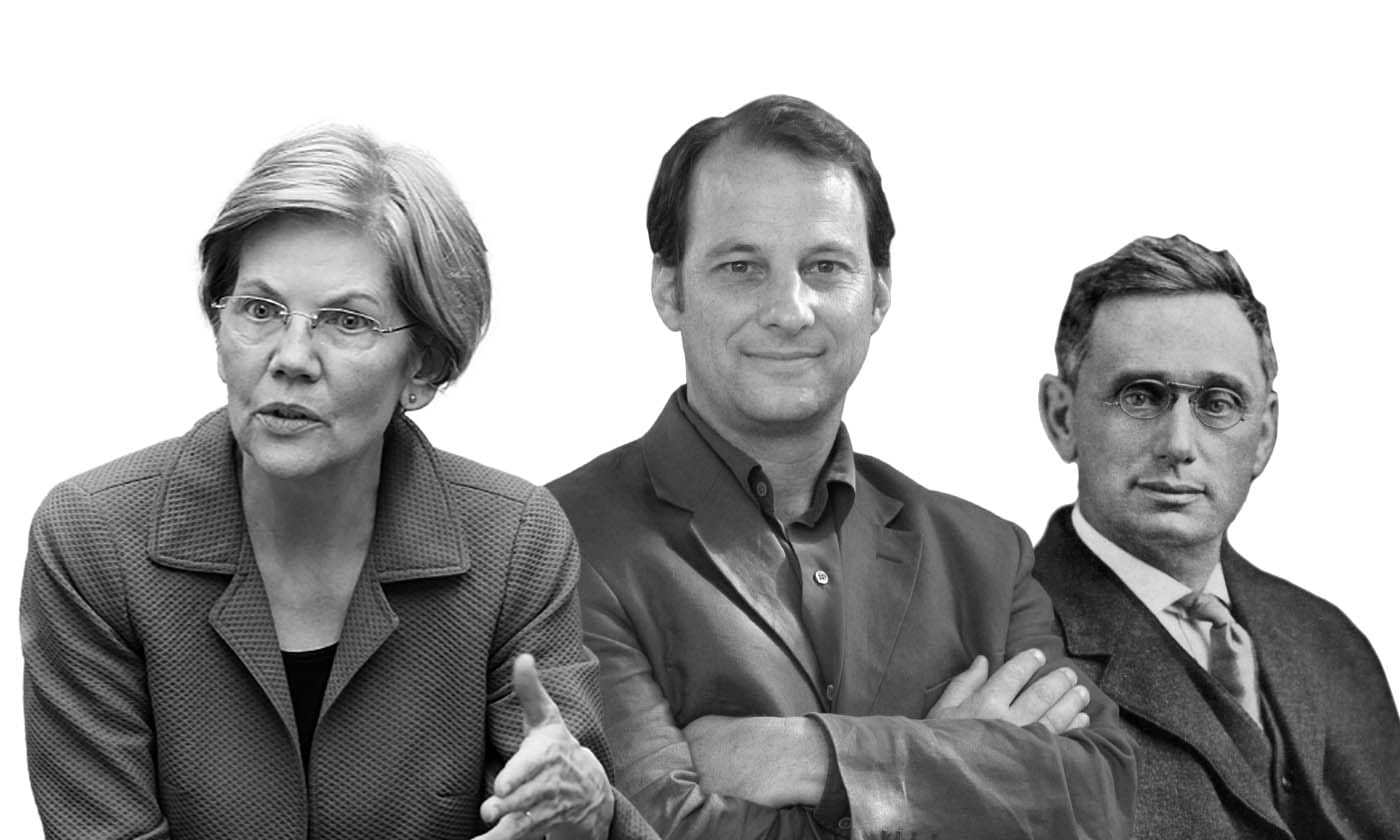The earliest forms of currency can be traced back to around 1,200 BCE, when people used shells for purchases in China. The concept of banking is also thousands of years old. Save for its digitization, money has remained largely unchanged since its first iterations, but the ecosystem for handling it has become significantly more sophisticated with the emergence of money managers like hedge funds, pension systems, and insurance companies.
It might not be necessary to study early civilization to understand the complexities of present-day finance, but it is helpful to examine the more immediate histories of these entities. That’s one of the goals of Other People’s Money: The Law, Politics, and History of Financial Institutions, a course taught by Peter Conti-Brown, assistant professor of legal studies and business ethics. Conti-Brown argues that each of those contexts—along with an ethical lens—substantially influences how financial systems operate today. “The course gives students a sense of not only the theory behind how individuals make money in the marketplace through these institutions,” he says, “but also the practical realities about where the institutions come from and how the outside forces of politics and law are continuing to shape them.” Conti-Brown uses a variety of books and articles to illustrate the power of these influences on the current state of finance.
“Unsafe at Any Rate”
Before she was a senator, Elizabeth Warren authored this Democracy piece in 2007 to argue for the creation of a commission that would evaluate consumer financial products like mortgages, credit cards, and car loans for harmful practices and contractual conditions. “It is impossible to buy a toaster that has a one-in-five chance of bursting into flames and burning down your house. But it is possible to refinance an existing home with a mortgage that has the same one-in-five chance of putting the family out on the street,” the former Penn Law professor and 2020 presidential hopeful argued. The rest is history: Following the 2008 recession, President Barack Obama established the Consumer Financial Protection Bureau under Dodd-Frank to make navigating financial products easier and safer for buyers.
Other People’s Money and How the Bankers Use It
Relevant more than a century after its initial publication in 1914, this collection of essays by former Supreme Court Justice Louis Brandeis takes aim at the concentrated influence investment bankers exerted at the time to shape markets and promote the interests of certain companies. “A lot of what he writes about has to do with political power, market power,” Conti-Brown says. “These questions resonate in the present.”
This Time Is Different: Eight Centuries of Financial Folly
Carmen Reinhart and Kenneth Rogoff prove there’s no saying more apt for financial crises than “History doesn’t repeat itself, but it does rhyme.” Through an analysis of crises spanning 66 countries and roughly 800 years, the authors rebut their ironic title to show that actually, this time isn’t different when it comes to financial downturns. The book’s first sections cover a variety of catastrophes, and Conti-Brown invites students to discuss how their aftermaths drive lawmaking.
“A Dirty Business”
Journalist George Packer chronicles an ambitious hedge fund manager’s descent into insider trading in this New Yorker article. Enriched with transcripts of phone calls, testimony, and IMs, the 2011 story details how Raj Rajaratnam WG83 gained illegal information from conspirators to benefit him and his hedge fund, Galleon. Beyond its value as an entertaining read, the article highlights a cautionary real-world scenario that raises questions about the line between insider trading and insightful analysis. “I want students to be able to find these financial institutions and the people behind them in the wild,” Conti-Brown says.
Empire of the Fund: The Way We Save Now
The mechanisms Americans employ to grow their retirement savings have fallen on hard times. Conti-Brown uses this book’s introduction and other texts to discuss what he describes as “crises” for retirement tools such as mutual funds. Contributing to retirement plans “is an extremely expensive proposition for something that certainly hasn’t worked out that well for most people,” he says.
Digital Gold: Bitcoin and the Inside Story of the Misfits and Millionaires Trying to Reinvent Money
The rapid rise and uncertain future of bitcoin has made the cryptocurrency a household name, but its past is just as fascinating as its present. New York Times reporter Nathaniel Popper wrote this deep dive into its origins and the people behind its popularization. For Conti-Brown, that the book was published before bitcoin’s roller coaster headed south makes it an even better read: “It lets us see how bitcoin was understood before it went mainstream. It’s a marvelous history of where bitcoin has come from and where it might be going.”
Published as “The Forces Shaping Modern Finance” in the Spring/Summer 2019 issue of Wharton Magazine.


























